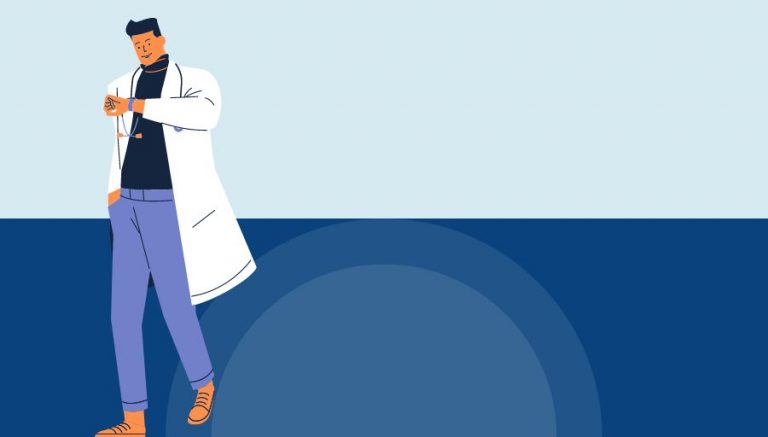How To Use CPT Code 99507
CPT 99507 describes the home visit for care and maintenance of catheter(s) such as urinary, drainage, and enteral catheters. This article will cover the description, procedure, qualifying circumstances, appropriate usage, documentation requirements, billing guidelines, historical information, similar codes and billing examples.
1. What is CPT Code 99507?
CPT 99507 can be used to describe the home visit services provided by a healthcare provider, such as a registered nurse, to evaluate and maintain the functioning of urinary, drainage, and enteral catheters. This code is used when the provider examines the catheter, ensures proper positioning and functioning, changes dressings as needed, and checks for any complications or infections.
2. Official Description
The official description of CPT code 99507 is: ‘Home visit for care and maintenance of catheter(s) (eg, urinary, drainage, and enteral).’
3. Procedure
- The healthcare provider conducts a home visit to evaluate the functioning of urinary, drainage, and enteral catheters.
- The provider examines the catheter to ensure proper positioning and functioning, including checking for leaks and assessing the amount of drainage.
- If necessary, the provider changes dressings and examines any wounds for infections or other complications.
- The provider may also provide education and instructions to the patient or caregiver on catheter care and maintenance.
- Additional visits may be scheduled as needed to monitor the catheter and address any issues or concerns.
4. Qualifying circumstances
Patients eligible to receive CPT 99507 services are those who have urinary, drainage, or enteral catheters that require care and maintenance. The home visit is conducted by a healthcare provider, such as a registered nurse, who is qualified to evaluate and manage catheters. The provider examines the catheter, checks for proper functioning, and addresses any complications or infections. The catheter may be located in the urinary system, drainage system, or gastrointestinal tract.
5. When to use CPT code 99507
CPT code 99507 should be used when a healthcare provider conducts a home visit to evaluate and maintain urinary, drainage, or enteral catheters. This code is appropriate when the provider examines the catheter, ensures proper functioning, changes dressings if needed, and addresses any complications or infections. It should be used for each home visit conducted for catheter care and maintenance.
6. Documentation requirements
To support a claim for CPT 99507, the healthcare provider must document the following information:
- Patient’s diagnosis and the need for catheter care and maintenance
- Specific details of the catheter(s) being evaluated and maintained
- Date and duration of the home visit
- Findings from the examination, including catheter positioning, functioning, and any complications
- Details of any dressings changed or wound assessments conducted
- Education or instructions provided to the patient or caregiver
- Signature of the healthcare provider conducting the home visit
7. Billing guidelines
When billing for CPT 99507, ensure that the home visit is conducted by a qualified healthcare provider, such as a registered nurse. The visit should focus on the care and maintenance of urinary, drainage, or enteral catheters. There are no specific guidelines regarding reporting CPT 99507 with other codes. However, it is important to accurately document the services provided and follow any applicable payer guidelines for proper reimbursement.
8. Historical information
CPT 99507 was added to the Current Procedural Terminology system on January 1, 2002. There have been no updates to the code since its addition.
9. Examples
- A registered nurse conducting a home visit to evaluate and maintain a urinary catheter for a patient with urinary incontinence.
- A healthcare provider visiting a patient’s home to assess and manage a drainage catheter following a surgical procedure.
- A registered nurse conducting a home visit to evaluate and maintain an enteral catheter for a patient who requires tube feeding.
- A healthcare provider visiting a patient’s home to change dressings and assess a wound around a drainage catheter.
- A registered nurse conducting a home visit to evaluate and maintain a urinary catheter for a patient with a history of urinary tract infections.
- A healthcare provider visiting a patient’s home to assess and manage a drainage catheter for a patient with a chronic illness.
- A registered nurse conducting a home visit to evaluate and maintain an enteral catheter for a patient with difficulty swallowing.
- A healthcare provider visiting a patient’s home to change dressings and assess a wound around an enteral catheter.
- A registered nurse conducting a home visit to evaluate and maintain a urinary catheter for a patient recovering from surgery.
- A healthcare provider visiting a patient’s home to assess and manage a drainage catheter for a patient with a recent injury.


